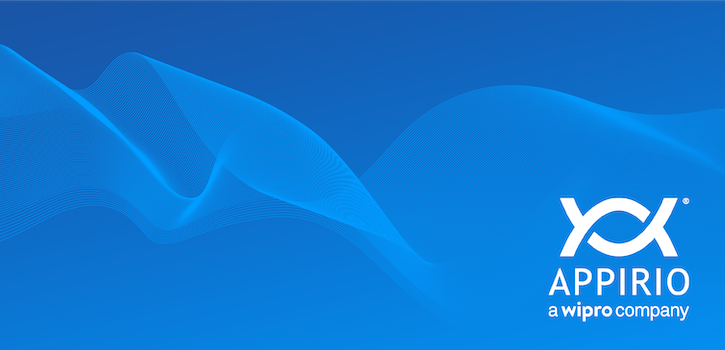Marketers are facing some interesting challenges nowadays. Customer engagement is at the heart of almost all business strategies but implementing customer-focused initiatives has become a common pain-point across marketing teams. Nimbus Ninety members convened at Threadneedles Hotel in Bank to discuss how to build a framework for implementing successful strategy.
Several common challenges that many marketers are facing at the moment include: difficulties in realising business cases, lack of departmental alignment, and lack of insights for making decisions. These were met with general assent among Nimbus Ninety's members as well as affirmation that customer engagement was the top priority — a notion reinforced by the fact that 73% of business leaders say that customer experience is crucial for success.1
THE FOUNDATIONS
Before any change can be implemented, it is key that your business works out a plan for success. First, your business must agree on its vision. This will mean that you can set guiding principles for the future of the company, and that any future operations have a set of measures which can be referred to.
It’s also necessary to honestly assess the current state of the business in order to decide what ideal maturity could look like in the future. You can then map out customer journeys aligned to personas before finally working out a road map for your company to implement the change necessary with the former steps in mind.
The comment that garnered the most fervent nods of assent was that “the discovery phase is key”. Examine your business and your customer base; you can only provide your customers with what your business is capable of. You can manage change by investigating the positive impact that change will bring you and the ease of execution. Then you can start working on implementation.
Appirio's representative, Adam Dore, visualised the journey towards improved customer engagement through the Four Pillars of Success. Most companies stop after the first pillar, implementation, which ultimately reduces ROI, so it is key to implement a longer term vision to ensure that resources aren’t wasted.
IMPLEMENTATION SUCCESS
This pillar involves getting the right technology. A challenge that some of our members alluded to was that of global businesses, where different parts of the business are run by individual CEOs and other stakeholders who have control over technology, processes and KPIs. This can make it difficult to implement a common goal. With these businesses that span worldwide, mandating the use of certain technologies can help, but before that a useful tactic is clearly articulating to stakeholders the need for these technologies and speeding up the adoption process by offering platforms or support as a service.
An idea that emerged within the discussion was hiring a business analyst to assess and map out the relationships within the entire business from processes to people: what technologies do you need? Where are the inefficiencies that can be improved? What data is being used? What data do you need?
USER SUCCESS
With a customer-focused approach, the users of the adopted technology can occasionally be forgotten about. Investment in a tool which your employees are unable to use to its fullest extent doesn’t help your goal to improve ROI and customer experience, as the overall effort remains largely unchanged. To prevent this scenario, it’s worth doing some research around your employees’ pain points, but also skillsets. Find out how you can make their lives simpler and more interesting. Whilst change implementation comes from the top down, it’s your employees who will be at the ground level, working with the new tools your business adopts. A simultaneous top-down/bottom-up approach may yield some really beneficial results.
Focus on your employees and customers can work hand-in-hand to improve revenue. If your goal is to improve customer experience and engagement, the way your employees work can have a huge effect. While not a one-size-fits-all solution, Adam introduced a “virtuous cycle framework”.
“If you have workers who are agile, productive and engaged," he said, "this can lead to customers who are aware, satisfied and amplified.”
OPERATIONAL SUCCESS
For fruitful operations, members were very keen on the idea of implementing a “centre of excellence”. This would involve a centralised authority which could standardise targets, KPIs and data usage to support the long-term vision of the business. This can be especially handy when working out where there might be blockages in the business. Certain teams may find it more challenging to implement change than others, so having the ability to highlight those specific areas of the business can tell you who may need more support as well as who could give this support.
FINANCIAL SUCCESS
This pillar is ultimately where success of the change will be judged. If investment in your automation tools has yielded a reduction in costs then your business will have substantial sums of money in the bank. Increased profits are all well and good, but part of those savings can go into further investment to improve your business even more. What is absolutely crucial here is to make sure that this extra money is used to pay for better technologies rather than investment for investment’s sake.
This event held was in partnership with Appirio, a global Salesforce consulting partner. Find out more here.
REFERENCES:
1. Nimbus Ninety, Digital Trends Survey 2020.





Leave a Comment